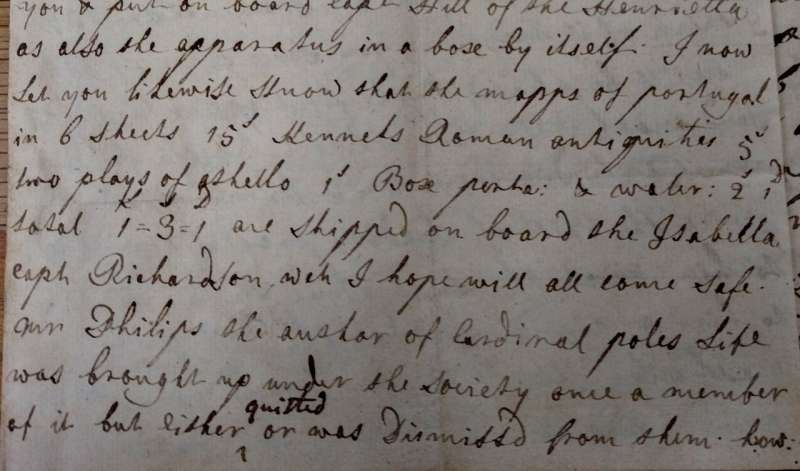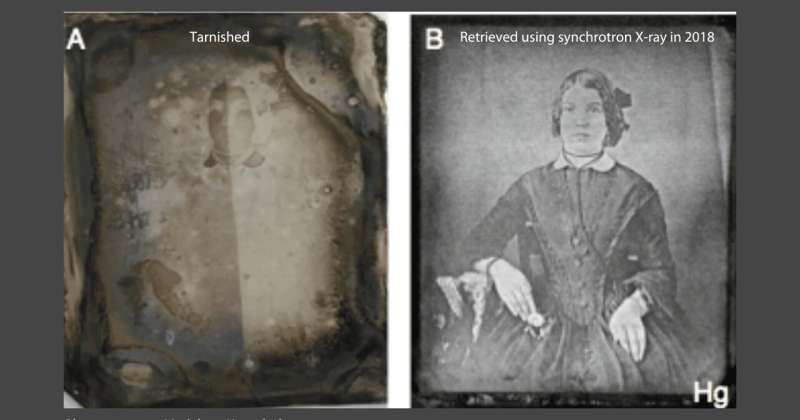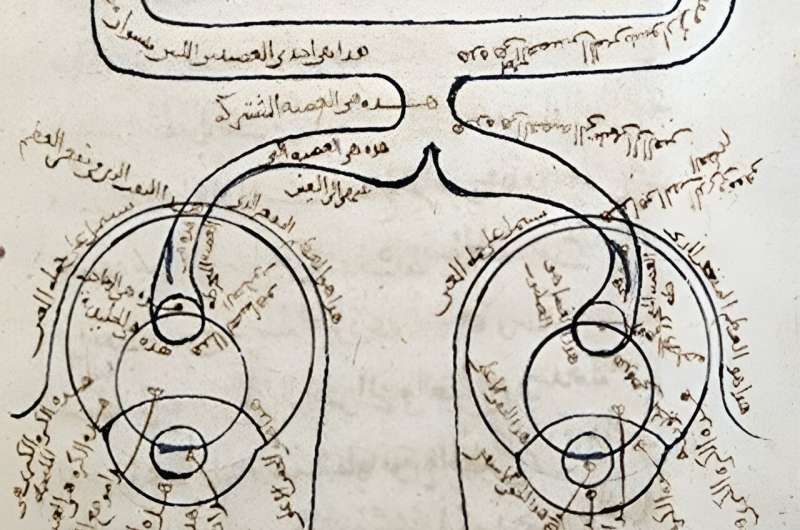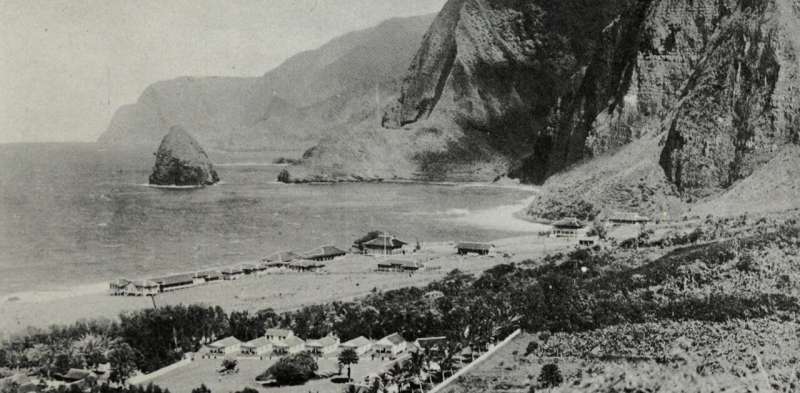US to grant Samsung up to $6.4 bn for chip plants
ALL CAPITALI$M IS STATE CAPITALI$M

The United States announced on Monday grants of up to $6.4 billion to South Korean semiconductor giant Samsung to produce cutting-edge chips in Texas.
The award is the latest from the US government as it looks to cement its lead in the chip industry—especially for chips needed for the development of AI—both on national security grounds and also in the face of competition with China.
President Joe Biden's administration has previously approved billions in grants to US titan Intel and Taiwan Semiconductor Manufacturing Company (TSMC) as it tries to avoid the prospect of shortages of semiconductors—the lifeblood of the modern global economy.
"The U.S. Department of Commerce and Samsung Electronics (Samsung) have signed a non-binding preliminary memorandum of terms (PMT) to provide up to $6.4 billion in direct funding under the CHIPS and Science Act," said a statement published by the Department of Commerce.
Samsung "is expected to invest more than $40 billion in the region in the coming years, and the proposed investment would support the creation of over 20,000 jobs," it said.
Chips are crucial in powering everything from smartphones to fighter jets.
They are also increasingly in demand by automakers, especially for electric vehicles, adding to the pressure to raise production.
The global chip industry is currently dominated by just a few firms, including TSMC and US-based NVIDIA.
That means the United States is highly dependent on Asia for chips and is vulnerable to shocks to semiconductor supply chains, especially during geopolitical crises that affect places such as Taiwan.
This has fueled a US push to strengthen production.
The Chips and Science Act, passed in 2022, calls for tens of billions of dollars in funding to overhaul the US semiconductor industry, with the idea that making public money available for this purpose will lure private investment.
The Samsung agreement will "cement central Texas's role as a state-of-the-art semiconductor ecosystem," Biden said in a statement.
"These facilities will support the production of some of the most powerful chips in the world, which are essential to advanced technologies like artificial intelligence and will bolster U.S. national security."
Under the latest agreement, Samsung will not only build a new facility to produce advanced chips but also expand its existing facility in Texas, according to the Department of Commerce.
"We're not just expanding production facilities; we're strengthening the local semiconductor ecosystem and positioning the U.S. as a global semiconductor manufacturing destination," Samsung's Kye Hyun Kyung said in the Commerce Department statement.
US officials revealed this month that a preliminary agreement with TSMC would see the company receive up to $6.6 billion in direct funding and up to another $5 billion in loans under the CHIPS Act.
In March, Biden unveiled almost $20 billion in grants and loans for Intel's domestic chip-making plants, his administration's biggest investment yet in the sector.
The United States has also awarded funding to GlobalFoundries, BAE Systems Electronic Systems and Microchip Technology under the 2022 law.
In February, Commerce Secretary Gina Raimondo expressed confidence that the United States could house the entire silicon supply chain for making advanced chips.
"The brutal fact is, the United States cannot lead the world as a technology and innovation leader on such a shaky foundation," she said during a speech in Washington.
"We need to make these chips in America."
© 2024 AFP



![Ibn al-Haytham ("Alhasen") on the left pedestal of reason [while Galileo is on the right pedestal of the senses] as shown on the frontispiece of the Selenographia (Science of the Moon; 1647) of Johannes Hevelius. Credit: Public domain provided by the author Study sheds light on 11th century Arab-Muslim optical scientist whose work laid ground for modern-day physics](https://scx1.b-cdn.net/csz/news/800a/2024/study-sheds-light-on-1.jpg)




